Back to the Classics: The Rite way to Spring a riot
Classical music is given the connotation of being pleasing to the ear, most likely being associated with composers such as Beethoven and Mozart. Igor Stravinsky, however, threw this connotation out of the window when he composed his ballet The Rite of Spring. Written in 1913, the ballet is best described by its subtitle, which is a “Picture of Pagan Russia in Two Parts.”
Part one of the piece, called “Adoration of the Earth,” begins with young girls walking from a river who begin dancing and chanting in a circle. Then, the group divides into two groups and begins the Ritual of the Rival Tribes, which entails fighting, chanting, and dancing. Then, they stop and join back together, dance some more, and break out into more dancing to become one with the Earth.
Part two of the piece begins with the young girls walking in circles, and one girl who is selected by “fate” in this circle is named the Chosen One. She then dances the “Sacrificial Dance” in the presence of old men to care and provide health to the pagan elders, which she dances until her death. The piece suddenly ends with the same motif that it began with and does not effectively resolve the ballet.
In most other pieces, there are easy ways to analyze and interpret the music, however, most contemporary classical music, including this piece, is extremely difficult to analyze. The best way to describe this piece is that the notes always go to the next note to the one you expect The ballet features confusing and high pitched bassoon lines, quiet moments of pleasing sounds followed by heavy dissonances in both intense and peaceful moments where notes right next to each other are played together.
Most people in attendance were expecting a pleasant piece. At the first performance of the piece in Paris, France featuring the Ballets Russes, hundreds of noble and rich people piled into the theatre. Stravinsky, who was just becoming popular in the classical world with compositions such as Firebird and Petrushka, were excited to see what piece he had written next. However, this was not the case, as when the initial melody came in with the bassoons, people began making fun of the piece. As the piece continued, it is believed that the combination of the music invoking angry emotions and the choreography of the dancers annoying people led to fighting in the theatre. Eventually, people began to violently attack other audience members, throw projectiles at the musicians, and a full riot broke out in the theatre that had to be resolved by the local police.
At first, this may sound absolutely ridiculous, as there should be no way that music should be able to do that to a crowd of people. However, if you listen to an online recording of the piece, you can hear the anger in the piece, the lack of resolution in any aspect, and as each minute passes, you can even feel yourself becoming angry or emotionally distraught. Then, consider that this was written in a time when people were not accustomed to hearing these emotions. Additionally, the world was at the brink of the Great War, with angry emotions dominating throughout Europe. Taking these into consideration may make the actions of these noble men and women less insane.
Your donation will support the student journalists of Fossil Ridge High School. Your contribution will allow us to purchase equipment and cover our annual website hosting costs.
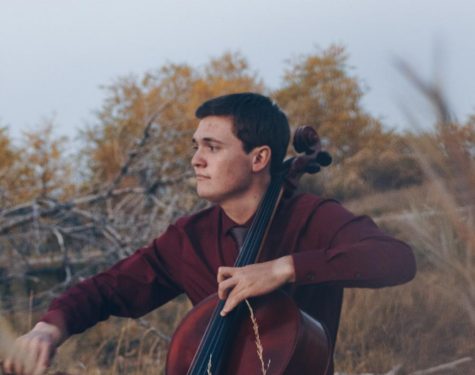
Sasha Chappell, senior, is entering his first year on the Etched in Stone staff. As a new journalist, he hopes to bring different ideas to the team regarding orchestra and the vast world of classical music.
Outside of Etched in Stone, Chappell is a cellist involved with the Fossil Ridge High School...



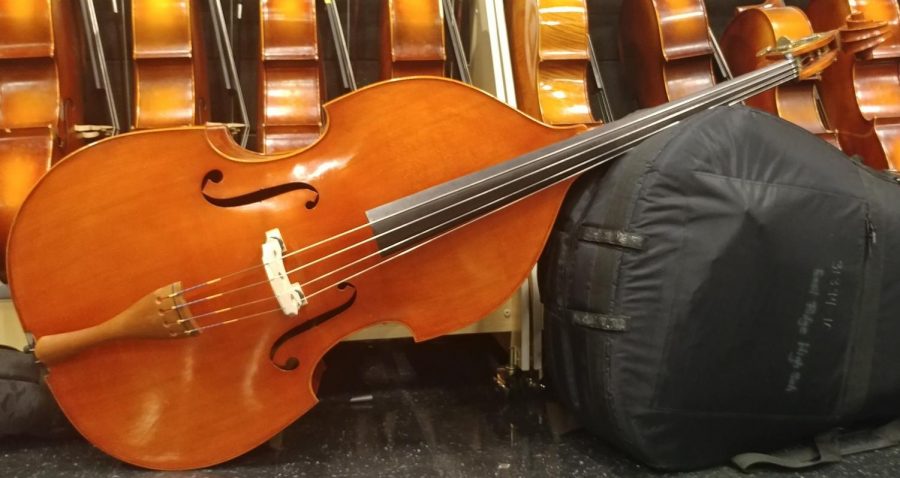

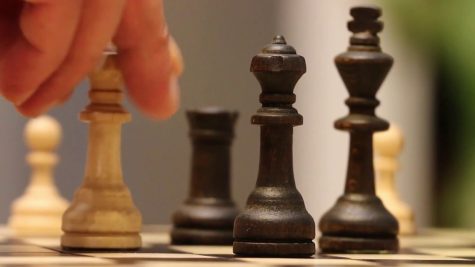

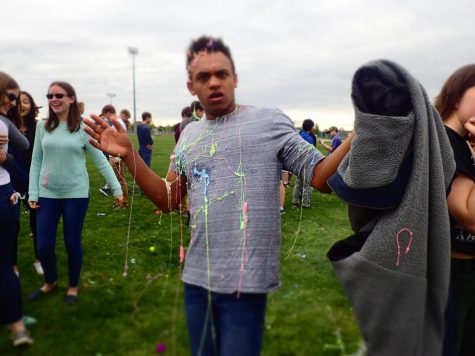

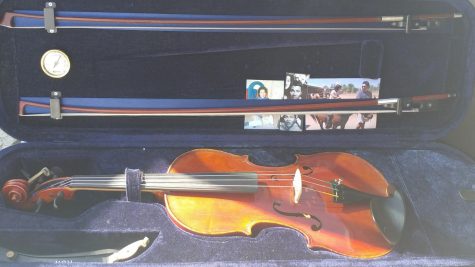

ainsley lotito • Mar 6, 2018 at 9:02 am
MMMMMMMMMMMMMM what a cello SNAC